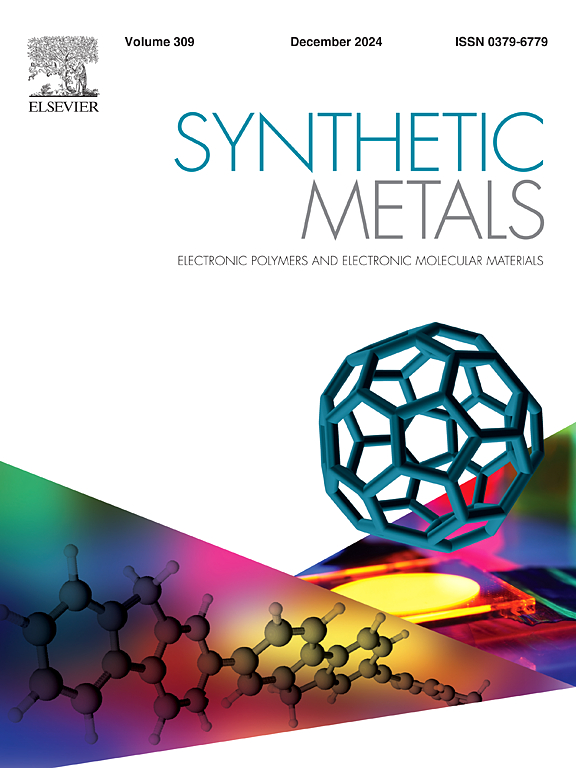Analysis of supramolecular self-assembly in μ-phenoxide bridged heterocyclic β-diketone dinuclear Cu (II) complex
IF 4.6
3区 材料科学
Q2 MATERIALS SCIENCE, MULTIDISCIPLINARY
引用次数: 0
Abstract
By introducing mixed-ligands (β-diketone and 8-hydroxyquinoline) to the Cu2 + ion, a new µ-phenoxide bridged binuclear complex was designed. The compound was synthesized using condensation method, and the single crystals were grown through the slow evaporation technique. The compound was characterized by energy dispersive X-ray analysis, Fourier-transform infrared spectroscopy and single-crystal X-ray diffraction technique. Structural analysis revealed that the compound is in the centrosymmetric dinuclear form, in which a central copper atom is linked by the obtuse phenolate oxygen atom. The center of inversion is located at the intersection of the two diagonals of the Cu2O2 rhombus core within the dinuclear unit. The molecular arrangements influenced by the bridged phenolate oxygen, in which the chelating five-membered ring puckers with an envelope conformation. The crystal packing of individual motifs is facilitated by various supramolecular interactions, including hydrogen bonds, C-H…π and π…π interactions is explored by structural and computational studies. The similar type of crystal structures was extracted from the Cambridge Structural Database (CSD) allows for the exploration of structural similarities and the establishment of structure-property relationships by combined crystallographic and computational studies. Further, the copper complex-modified electrode exhibited a strong signal for dopamine oxidation, demonstrating a linear response and a low detection limit. This indicates effective structural modification, enhanced sensing capability, and promising potential for biomedical applications.

μ-苯氧化合物桥接杂环β-二酮双核Cu (II)配合物的超分子自组装分析
通过在Cu2 +离子上引入混合配体(β-二酮和8-羟基喹啉),设计了一种新的微苯氧化合物桥接双核配合物。该化合物采用缩合法合成,并采用慢速蒸发技术生长单晶。利用能量色散x射线分析、红外光谱和单晶x射线衍射技术对化合物进行了表征。结构分析表明,该化合物为中心对称双核形式,中心铜原子由钝角酚醛氧原子连接。反转中心位于双核单元内Cu2O2菱形核的两条对角线的交点处。桥接酚醛氧影响分子排列,其中螯合五元环以包络结构折叠。各种超分子相互作用,包括氢键、C-H…π和π…π相互作用,促进了单个基序的晶体堆积。从剑桥结构数据库(CSD)中提取相似类型的晶体结构,通过结合晶体学和计算研究来探索结构相似性和建立结构-性质关系。此外,铜络合物修饰电极表现出强烈的多巴胺氧化信号,表现出线性响应和低检测限。这表明了有效的结构修改,增强的传感能力,并具有良好的生物医学应用潜力。
本文章由计算机程序翻译,如有差异,请以英文原文为准。
求助全文
约1分钟内获得全文
求助全文
来源期刊

Synthetic Metals
工程技术-材料科学:综合
CiteScore
8.30
自引率
4.50%
发文量
189
审稿时长
33 days
期刊介绍:
This journal is an international medium for the rapid publication of original research papers, short communications and subject reviews dealing with research on and applications of electronic polymers and electronic molecular materials including novel carbon architectures. These functional materials have the properties of metals, semiconductors or magnets and are distinguishable from elemental and alloy/binary metals, semiconductors and magnets.
 求助内容:
求助内容: 应助结果提醒方式:
应助结果提醒方式:


